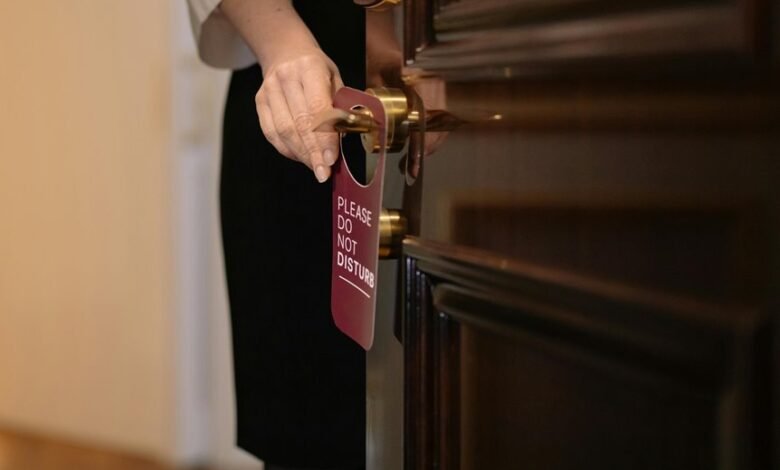Hotline Security & Caller Risk Management Council 3533519035 3389128732 3280543085 3296786236 3388746290 3533787738

The Hotline Security & Caller Risk Management Council plays a crucial role in safeguarding individuals who utilize hotline services. Its focus on caller anonymity and the implementation of advanced security measures underscores the importance of trust in these communications. By continuously assessing risks and adapting to new challenges, the council establishes a secure environment for reporting grievances. This proactive approach raises questions about the effectiveness of current practices and the potential for future enhancements.
Understanding the Importance of Hotline Security
Although hotlines serve as vital communication channels for reporting concerns and grievances, their security is often underestimated.
Ensuring caller anonymity is crucial, as it fosters trust and encourages open dialogue. Data encryption plays a fundamental role in safeguarding sensitive information, protecting both callers and organizations from potential breaches.
Effective hotline security not only empowers individuals but also upholds the integrity of the reporting process.
Key Initiatives by the Hotline Security & Caller Risk Management Council
The Hotline Security & Caller Risk Management Council has implemented several key initiatives aimed at enhancing the security and effectiveness of hotline operations.
These initiatives include comprehensive hotline training programs for staff and a robust risk assessment framework to identify and mitigate potential threats.
Best Practices for Managing Caller Risks
Effective management of caller risks necessitates a systematic approach that prioritizes both caller safety and operational integrity.
Implementing robust caller verification processes is essential to ensure authenticity. Regular risk assessments can identify vulnerabilities and inform necessary adjustments.
Training staff to recognize potential threats and employing technology for enhanced security further solidifies a proactive stance, fostering an environment where freedom is balanced with responsibility.
Future Directions in Hotline Security Measures
As organizations continue to refine their strategies for managing caller risks, the future of hotline security measures will likely emphasize advanced technological integration and adaptive protocols.
Emerging technologies, such as artificial intelligence and machine learning, will support proactive strategies that anticipate threats.
This evolution aims to enhance caller anonymity while ensuring robust security, ultimately fostering a safer environment for individuals seeking assistance.
Conclusion
In a world where hotline security resembles a high-stakes game of hide-and-seek, the Hotline Security & Caller Risk Management Council champions the art of anonymity with the finesse of a magician pulling rabbits from hats. As they navigate the labyrinth of caller risks, one can only imagine a future where technology dances alongside trust, crafting a whimsical illusion of safety. Ultimately, while the council fortifies its walls, the real challenge remains: ensuring that every call isn’t just another echo in the void.



